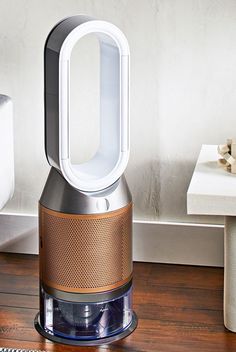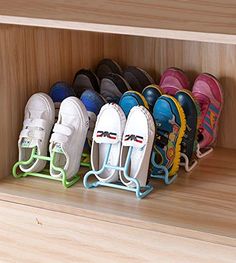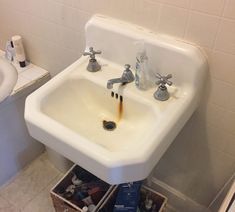The Best Place to Put an Air Purifier, According to Air Quality Experts

Ensuring the air quality in your home is of utmost importance for your health and well-being. Air purifiers are a great investment towards achieving cleaner air, but to maximize their effectiveness, they must be placed correctly. According to air quality experts, the best spot for an air purifier is where it can optimize airflow and filtration.
Firstly, it is crucial to identify the room where you spend most of your time. For many, this is the bedroom or living room. Placing the air purifier in the areas where you regularly reside ensures you are consistently breathing purified air.
Upon choosing a room, position the air purifier so that it’s in a place with unrestricted airflow. Avoid corners and tight spaces; rather, place it near the center of the room or along the path of natural airflow, such as opposite to windows or doors. This placement allows for more efficient circulation of air through the unit.
Another tip from experts is to ensure that the air purifier is not obstructed by furniture or curtains, which can impede air intake and outflow. Giving your device enough open space—typically a few feet of clearance around it—helps it operate at peak efficiency.
If you have a two-level home or larger space, consider placing an additional unit on each floor or in separate living spaces. Air purifiers work best when they cover the specified amount of square footage without barriers like walls reducing their coverage area.
Air quality experts also recommend re-evaluating your needs during different seasons or if there are changes in your indoor environment, such as new construction nearby that might affect pollution levels indoors.
Finally, maintain your air purifier according to the manufacturer’s guidance. Keep filters clean or replace them regularly to ensure the highest level of performance from your unit.
In conclusion, to capitalize on its benefits, place your air purifier in a room you use often and give it space to breathe by avoiding obstructions and ensuring sufficient clearance for proper airflow. By doing so, you’re one step closer to creating a healthier and cleaner home environment.






